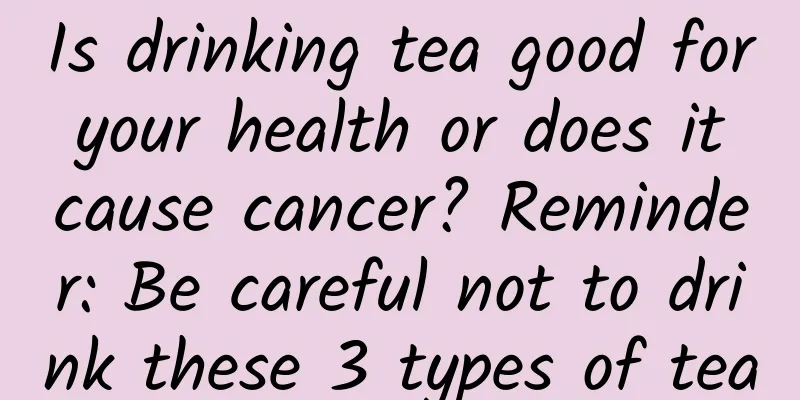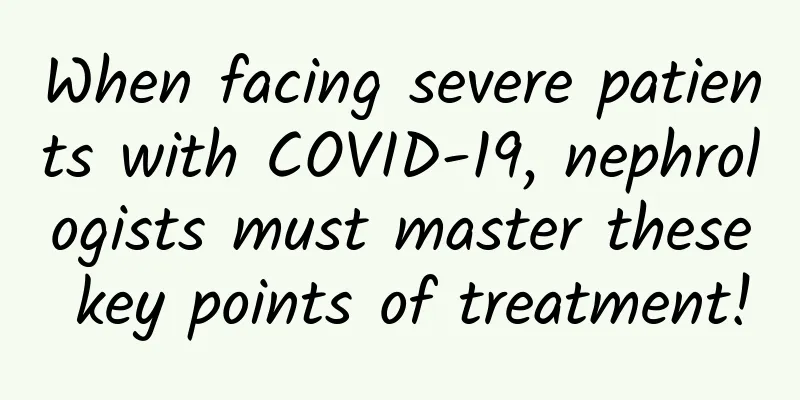Non-lactation acute mastitis

|
Non-lactation acute mastitis usually occurs in young female friends. The cause of this disease is usually related to the inner line of unilateral or bilateral nipples. The occurrence of non-lactation acute mastitis actually has a great impact on breast health, so patients still need to pay more attention to breast discomfort and promptly detect and treat it early. Non-lactational mastitis is more common in young women or teenage girls. The cause of the disease is mostly unilateral or bilateral nipple inversion. For people with inverted nipples, secretions often overflow from the depression. Since the secretions cannot be removed in time, this place becomes the best breeding ground for bacteria. Some pathogenic bacteria can spread inward along the opening of the milk duct, causing inflammation. In mild cases, a small round or oval abscess can be felt under the areola, which is very painful to touch. The skin surface is red and swollen, and there is a local burning sensation. In severe cases, it can spread into the breast and form a larger abscess. The local redness, swelling, heat and pain are very obvious, and pus can be obtained during puncture. In specialist clinics, women aged 16 to 20 often come for treatment due to acute mastitis. The acute mastitis in these girls was not caused by breastfeeding. The clinical manifestations of mastitis were very typical, and even breast abscesses were formed. There are two reasons for the disease: first, most of these girls suffer from inverted nipples (complete inverted nipples); second, they have sebaceous cysts around the areola. Both diseases can be caused by local uncleanness of the nipple, which causes bacteria to grow and lead to infection of the nipple and areola, causing acute mastitis. This type of mastitis generally develops slowly, but girls of this age are relatively shy and unwilling to talk to their mothers about their illness. As a result, they put it off again and again, and by the time they see a doctor, an abscess has often formed. Not only is there obvious local redness, swelling, heat, and pain, but systemic symptoms may also occur. For non-lactation mastitis or abscess formation, the treatment principle is the use of systemic antibiotics, local incision, pus drainage, dressing change and drainage, and the treatment effect is relatively satisfactory. To prevent non-lactation mastitis, women with inverted nipples should undergo nipple plastic surgery as soon as possible after adulthood to make the inverted nipples protrude outside the areola, which is beneficial for future breastfeeding and also helps avoid the occurrence of mastitis. |
<<: What to do if you have mastitis during pregnancy
>>: What causes spitting during pregnancy?
Recommend
Beware! High myopia is quietly targeting teenagers
As children use their eyes more and use more elec...
What are short-term oral contraceptives?
After getting married, many couples are not in a ...
There are four main causes of lung cancer in women: second-hand smoke, oil smoke, haze and stress
In recent years, the incidence and mortality of l...
Women wake up with fever in the morning
Some women may find a strange phenomenon, that is...
What to do if your period is delayed by taking enzymes
Fruit enzyme is a very popular weight loss produc...
Lower abdomen bloating like gas after sex
Because men play a leading role in sexual life, a...
Things to note before doing colposcopy
Colposcopy is a method of examination that enlarg...
Acne on the philtrum is a sign of gynecological problems
In daily life, many people often have acne on the...
Is it normal to have small lumps on nipples?
Whether normal nipples have small particles is a ...
Women's sexual preferences from the perspective of sensitive parts
ear There are many erogenous zones on women's...
Can pregnant women eat honey bayberry?
Bayberry wine is known as the "agate stone a...
What are alkaline fruits? What are the benefits of eating alkaline fruits regularly?
We all know that food can be divided into acidic ...
Can I drink beer during my period?
Women's menstruation is also called period. F...
What kind of sleeping bag should I buy for my baby? What should I pay attention to when buying a good baby sleeping bag?
In order to prevent their children from getting c...









